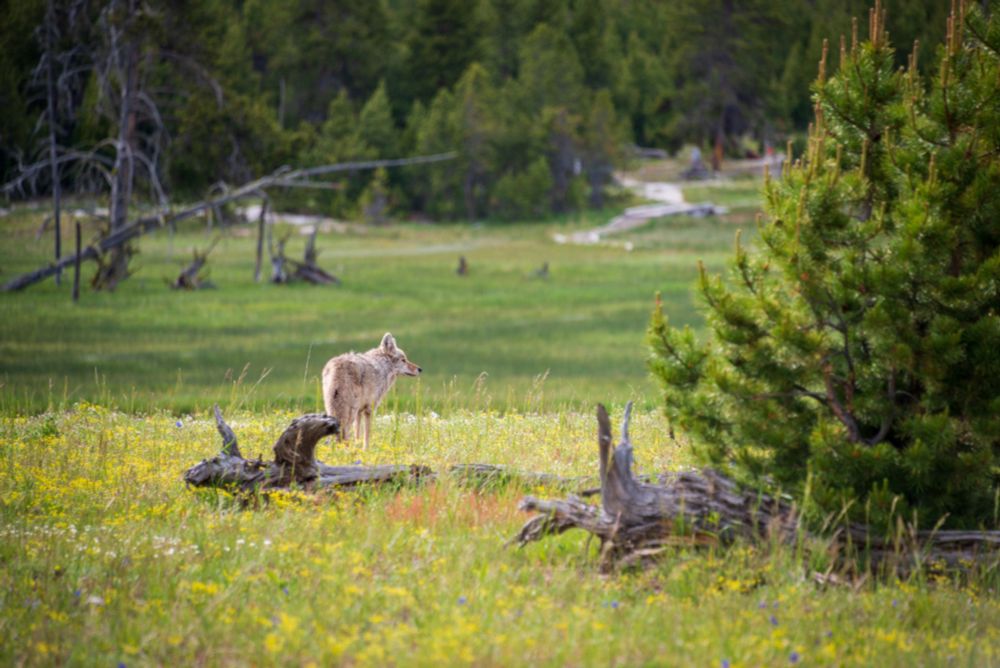
Dan MacNulty
@danmacnulty.bsky.social
96 followers
170 following
17 posts
Ecologist, Professor, Utah State University
Posts
Media
Videos
Starter Packs
Pinned
Dan MacNulty
@danmacnulty.bsky.social
· Aug 20

Feedgrounds grow elk herds? Wolves, grizzlies might mop up benefits, study finds. - WyoFile
U.S. Geological Survey analysis using demographic data from 13 Greater Yellowstone Ecosystem elk herds suggests few overall benefits from feeding, including for hunting.
wyofile.com
Reposted by Dan MacNulty
WyoFile
@wyofile.com
· Feb 5

Mountain lion ‘eradication bill’ backed up a tree by overwhelming opposition - WyoFile
Environmental groups, outfitters, hunters, houndsmen testified by the dozen against a measure that would have stripped cougars of any protections, and wildlife professionals of management authority.
wyofile.com
Reposted by Dan MacNulty
Dan MacNulty
@danmacnulty.bsky.social
· Dec 8

Weekend Reads | Elk, Wolves, and Habitat Recovery in Yellowstone National Park
There's an old saying: "Never let the truth stand in the way of a good story." This weekend's read is the truth behind a really good story about habitat recovery in Yellowstone National Park. In case ...
southseattleemerald.org











